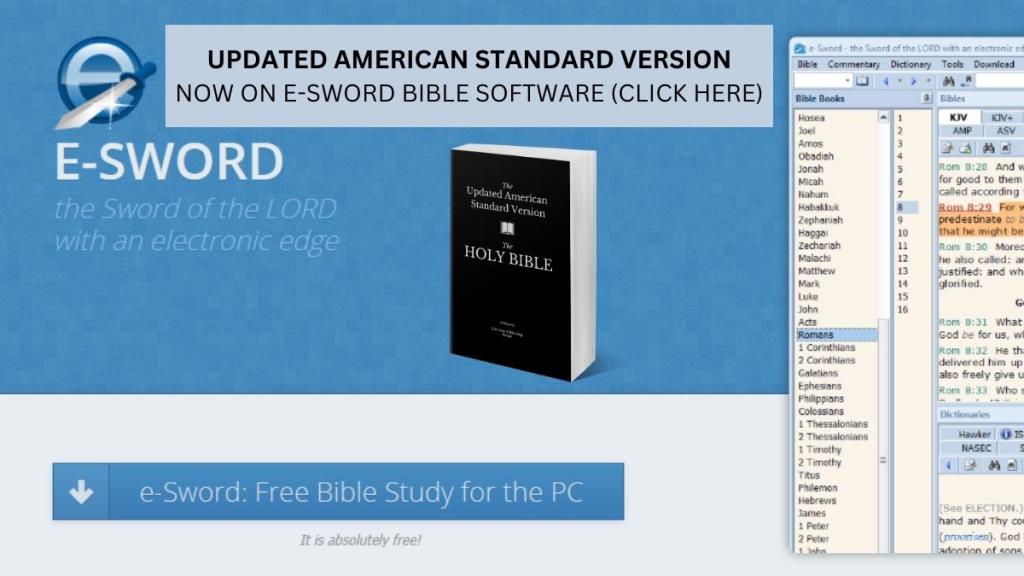Discover the fascinating journey of the Comma Johanneum, an interpolation in 1 John 5:7, from its origins to its inclusion and subsequent exclusion in the Bible. Explore how textual criticism and scholarly examination have shaped our understanding of this passage.
The Inspired Scriptures: Copies and Translations
'The Inspired Scriptures: Copies and Translations' examines the faithfulness of biblical manuscript copies and translations to the original inspired writings. Despite the absence of the original texts, this article demonstrates how textual criticism and careful scholarship ensure the integrity and doctrinal soundness of the Bible as we know it today, affirming its enduring reliability and authority.
With So Many Copies of Manuscripts with 400,000+ Variants (Errors), How Can We Even Know What the Bible Says?
This article explores the reliability of the Bible through the science of textual criticism, which verifies the authenticity of different readings. Despite minor discrepancies in copies, the original wording can be confidently asserted. Abundant evidence and criteria for evaluation reinforce confidence in the Bible's accuracy, dismissing skeptics.
NTTC JAMES—Navigating Textual Variants in James 1:19
Discover the complexities behind the textual variants in James 1:19. This in-depth look examines the different readings and the manuscript evidence supporting them, ultimately pointing to the most likely original wording penned by the apostle James.
The Impact of Scribal Variants in the Transmission of the New Testament Text
The article explores the impact of scribal variants on the transmission of the New Testament text. Delving into the origin, types, and consequences of these variants, it sheds light on intentional and unintentional changes, various manuscripts, and the documentary approach to textual criticism. The analysis emphasizes the substantial integrity of the New Testament despite the centuries-long transmission process.
Textual Variants in the Book of Revelation
Dive into the intricate realm of biblical scholarship with our deep-dive exploration of the textual variants in the Book of Revelation. Understand the nuances of New Testament textual criticism, discover the impact of copyist errors, and learn about manuscript alterations that have shaped this profound book over centuries.
The Impact of Scribal Errors in the Transmission of the New Testament
This examination explores the impact of scribal errors in the transmission of the New Testament. Delve into the world of textual criticism and ancient manuscript transmission to understand how haplography, dittography, and homoioteleuton can occur, yet how they do not undermine the core theological teachings of the New Testament.
Patristic Citations: Their Role in Textual Criticism of the New Testament
This article explores the role of Patristic Citations in the field of Textual Criticism. It details how the writings of early Church Fathers, which often cite or reference New Testament passages, can aid in the quest to determine the original wording of the New Testament. The challenges and insights of employing Patristic Citations are discussed, emphasizing their essential place in this critical field of study.
UNMASKING THE PAST: The Legacy of Erasmus and the Compilation of the Corrupt Textus Receptus
In our in-depth exploration of the Textus Receptus, we unravel the complex narrative of Desiderius Erasmus, a monumental figure whose contribution to Biblical literature left a mixed legacy. Discover the journey that led to the compilation of this highly criticized text and its profound impact on subsequent Bible translations.











